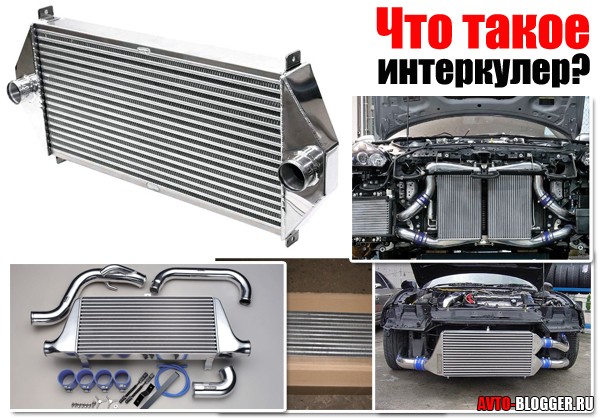
Catalyst - design and operation. What is a catalytic device used for?
Content
What is a catalyst and what is it for?
This element is used as part of the exhaust system located in the exhaust pipe. The catalytic converter of a car resembles a pipe of a larger diameter than the exhaust section, which is associated with the placement of catalytic elements in it. You can easily recognize it in older generation cars, both petrol and diesel.
In currently produced models, the number of catalytic converters that are placed in one car has increased. This is due to the constant increase in exhaust emission standards and screwing up the values of harmful substances coming out of the tailpipe. The development of technology has also influenced the creation of special filters for diesel cars, which are labeled DPF. At present, almost all diesel vehicles on the market have such a filter on board.
The structure of the catalyst and its action
Externally, the catalytic converter resembles an exhaust silencer and, depending on the vehicle, may have a flatter or cylindrical shape. In modern cars, it is implemented as an exhaust manifold insert. The advantage of this solution is faster heating and more efficient operation. Inside the catalytic device are the following components:
- heat shield;
- ceramic or metal core;
- honeycomb inserts.
How does the catalyst work?
Want to know how a catalyst works? The whole process begins when harmful combustion products of the mixture enter its interior. These are hydrocarbons, carbon monoxide and nitrogen oxides. Due to the structure and presence of platinum, other elements and oxides of alumina and cerium oxide, NOX is removed and, as a result, nitrogen N is released into the atmosphere.2. In another part of the catalyst, CO is oxidized and CO is formed.2 i h2O.
Catalyst in the car - durability
The catalytic converter, despite continuous operation and exposure to changing weather conditions, is a damage-resistant and durable exhaust system component. Under favorable conditions, it can work flawlessly for more than 200 kilometers. However, with the operation of the car, its efficiency decreases, and it can be multiplied by engine malfunctions.
Automotive Catalytic Converter - Malfunctions
Catalyst failures can typically be mechanical and include damage to the connectors or casing. As a result of hitting an obstacle or under the influence of the sudden appearance of water from a puddle, the catalytic converter in the car may fail. In addition, a faulty ignition system can also cause internal filters to fail. Their cause is most often on the side of a faulty ignition system.
If the fuel does not burn in the cylinder, it enters the exhaust system and ignites in the catalytic converter. This phenomenon raises the temperature inside the device and destroys the cartridge, impairing the quality of exhaust gas cleaning. An attempt to start a car in tow or "jolts" gives a similar effect. As a result, the unburned dose of fuel also enters the exhaust system and the final result is the same as in the previous case.
Symptoms of a damaged car catalyst
In modern cars, a broken catalytic converter is manifested by a decrease in power. Why? This is due to the fact that the sensor built into the catalytic converter receives values different from the factory ones. This information is used by the controller to prepare the composition of the fuel-air mixture, so any disturbances lead to its change and, as a result, to a deterioration in vehicle performance.
You can recognize a damaged catalytic converter in a car by marking on the dashboard. Usually then orange light comes on check engine. Of course, it is not only responsible for the catalytic device, so its appearance on the display does not necessarily mean that the described element is damaged. Another way is an organoleptic study of the state of the catalyst. A defective element makes itself felt with a metallic knock and rattle.
How to repair a catalytic converter in a car?
One of the main methods is catalyst regeneration. Depending on the version, this can cost you more than a thousand zlotys. However, it is still much cheaper than buying a new product. In some cases, a catalytic converter cannot be repaired and you must opt for a new product. Fortunately, there are many replacements on the market that are much cheaper than the original parts. They are also available as universal components matched in terms of unit power.
The situation becomes more complicated when the car is equipped with several catalytic converters, including one located in the exhaust manifold. Its price can exceed several thousand zlotys, which can empty your wallet. It is important that after disassembly, the automotive catalytic converter must be disposed of. Therefore, installing a used device is against the law. In addition, its effectiveness is usually great and unknown.
Or maybe cut it...
As amateur tuners say - "turn off the catalyst, there will be more horses." On the one hand, this is true, because this element limits the free flow of gases. Its removal to some extent increases the performance of the car. However, be aware that a vehicle without a catalytic converter is not compatible with the manufacturer's homologation. As a result, the diagnostician will not be able to decide on a positive result during the tests. In addition, depriving the car of a catalyst is associated with a change in readings in the engine controller. As you can see, the catalytic converter performs a very important function in the car, and we can expect its evolution in the coming years. Ecology forces the use of ever more advanced methods of exhaust gas purification. When buying a used car, you should look at the condition of the car's catalytic converter to avoid costly repairs or replacements.

